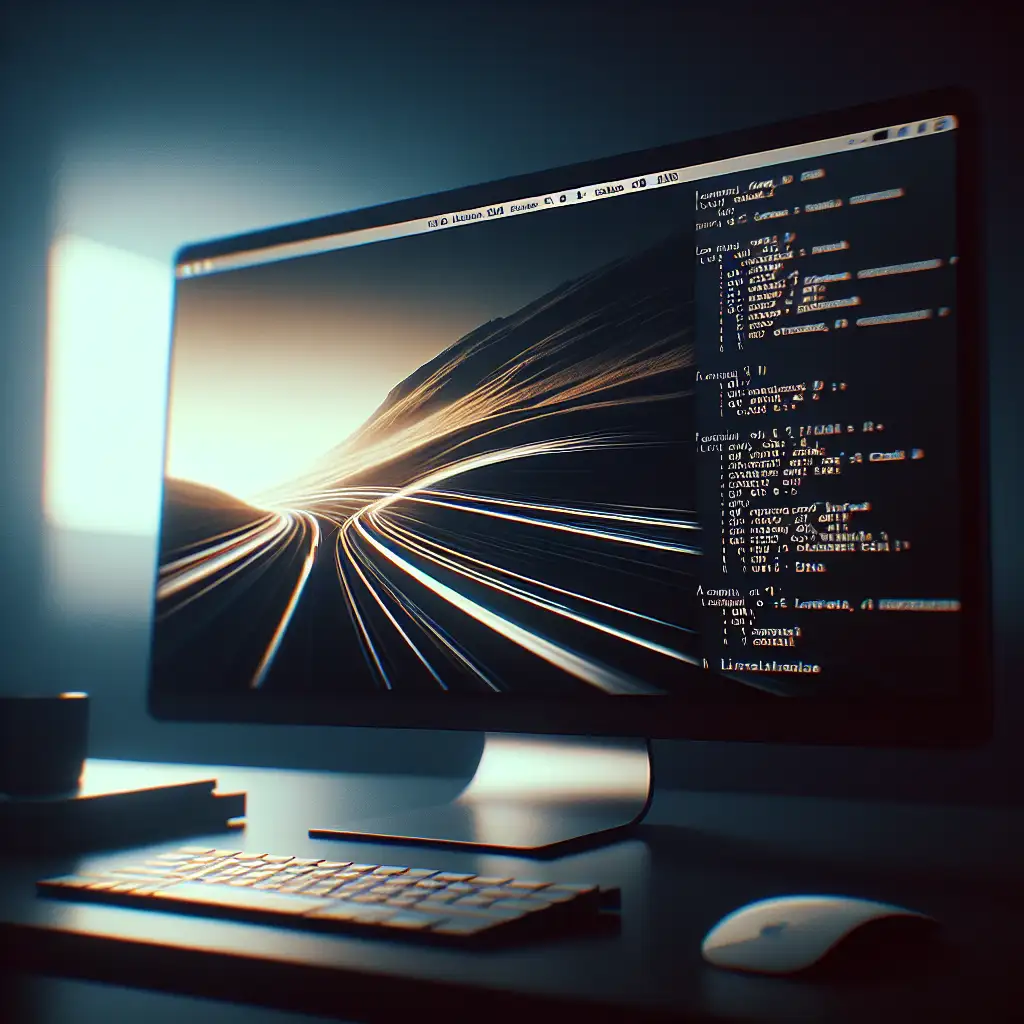Mastering Access: How to Open the Linux Terminal Fast and Efficiently
Sometimes graphical tools fail, crash, or are simply too slow. Direct terminal access becomes essential for debugging, scripting, and incident response. There’s more than one path to a shell prompt—speed, context, and reliability all matter. The following approaches, tested across Ubuntu 22.04 LTS GNOME, KDE Plasma 5.27, and XFCE 4.18, address common scenarios.
Standard Shortcut: Ctrl + Alt + T
Default on Ubuntu and many GNOME-based distributions. If you’re running custom window managers or have remapped shortcuts, this might be absent or intercepted. Test it:
Ctrl + Alt + T
If nothing happens, check dconf-editor or your desktop’s shortcut settings. GNOME 44 in Wayland sometimes drops custom mappings after upgrade, requiring a manual reset.
Run Command Dialog (Alt + F2): Launch with Arguments
Invoking the run dialog is direct, especially on minimal or locked-down desktops.
Alt + F2→ prompt appears.- Input terminal command, e.g.:
gnome-terminalkonsolexfce4-terminal
- Add CLI options as required. For example:
gnome-terminal --profile=prod --working-directory=$HOME/projects
Known limitation: On GNOME, run dialogs don’t persist after running the command—error messages, if any, are lost. If the command isn’t installed, there’s no prompt.
File Manager Integration: Context-Aware Terminal Launch
In file-centric workflows, context is critical. Most Linux file managers bind a right-click “Open in Terminal” entry. Supported in:
- Nautilus (GNOME)
- Dolphin (KDE)
- Thunar (XFCE)
Navigate anywhere, right-click on whitespace, choose “Open in Terminal”. The new shell inherits the current working directory.
Note: Some distros (e.g., Ubuntu 23.04 with Nautilus 44+) require nautilus-extension-gnome-terminal:
sudo apt install nautilus-extension-gnome-terminal
nautilus -q
If the option is missing, check Plugins or Extensions in the file manager’s preferences.
Custom Keyboard Shortcuts (Advanced Environments)
Shortcuts occasionally conflict with IDEs or accessibility tools. Defining custom bindings gives control:
Example: Add Custom Shortcut in GNOME
- Go to
Settings > Keyboard > Keyboard Shortcuts - Add new:
- Name: Terminal
- Command:
gnome-terminal - Shortcut: e.g.
Super + Enter
Afterward, verify in ~/.config/ whether custom-shortcuts.dconf is updated—race conditions can cause GNOME to drop user-defined shortcuts.
Application Launcher and Search
For less frequent terminal use, leverage your desktop launcher:
- Tap the Super (Windows) key.
- Type
terminal,konsole,xterm, as configured. - Hit Enter or select.
On KDE, app search can be inconsistent if desktop entries are missing .desktop files—ensure your preferred emulator is registered.
Launching from Other Terminals or Virtual Consoles
For script-driven or headless environments, spawning new terminal sessions is normal. Example:
gnome-terminal -- bash -c "tail -f /var/log/syslog"
Switch to a pure TTY console when Xorg or Wayland is unresponsive:
Ctrl + Alt + F3
(F3–F6 typically map to TTYs. Returning to GUI: Ctrl + Alt + F2 or F1.)
Gotcha: On some hardware, Nvidia drivers black out TTYs during graphical crashes. Test recovery procedures under controlled conditions.
Minimal-Latency Terminal Emulators
Occasionally, startup latency matters. Standard GNOME/KDE terminals are feature-rich, but heavier. Alternatives:
| Emulator | Startup Time | Unicode | TrueColor | Notes |
|---|---|---|---|---|
xterm | ~20ms | Limited | No | Minimal, bland, no tabs |
urxvt | ~28ms | Yes | No | Extension support |
kitty | ~35ms | Yes | Yes | GPU-based, modern features |
alacritty | ~40ms | Yes | Yes | Config via YAML |
Example:
kitty --working-directory=/tmp/logs
Very fast, but if true transparency is needed, only some emulators (e.g., konsole) support it natively.
Conclusion
Mastering terminal access hinges on context: GUI crashed, file manager path needed, or low-latency scripting. No single method suits all cases—combine shortcuts, run dialogs, and minimal emulators. Critically, maintain at least one fallback (TTY access or rescue USB) for unrecoverable desktop failures.
Practical checklist:
- Verify at least two GUI-independent access routes post-OS install.
- Test all methods after major OS or DE upgrades.
- Record exact key combos and emulator options in operational runbooks.
Non-obvious tip:
On multi-user servers, aliases in /etc/profile.d/ can point x-terminal-emulator to a lightweight fallback, ensuring staff always have terminal access—even if a desktop upgrade breaks defaults.
For troublesome terminal launches, collect diagnostic output:
journalctl -b | grep terminal
Common error:
gnome-terminal-server[2341]: Failed to register: Timeout was reached
This generally indicates dbus issues after resume-from-suspend.
Gaps remain. Not all window managers expose standard TTYs, and some distros deliberately restrict right-click functionality for security. For constrained environments (kiosks, remote sessions), alternative workflows—like SSH access or serial consoles—become relevant.
Choose your terminal access methods with the same rigor as you pick shell scripts or monitoring systems: for reliability, context, and speed.
